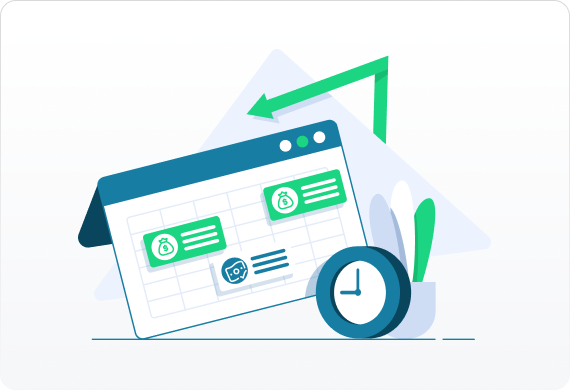The neighborhood convenience store serves a community’s needs for quick, easy access to essentials. Stocking a mix of home goods, food staples, and toiletries save people a trip to a bigger store in a less-convenient location. Like running any small business, however, it has its challenges.
As a convenience store owner, you know that you must strike a balance between maintaining inventory on-hand but not overspending, keeping customers happy, and growing your business. Supporting your business’s current operations can take all your time, but you should always be thinking ahead. There will come times when you need to access capital beyond the net profits your business generates, whether it is for day-to-day operations or growth. We have been helping business owners get the funding they need for more than a decade. The process is easy and in just a few clicks you can get an answer. Apply online now to see the business loan options available for you.







